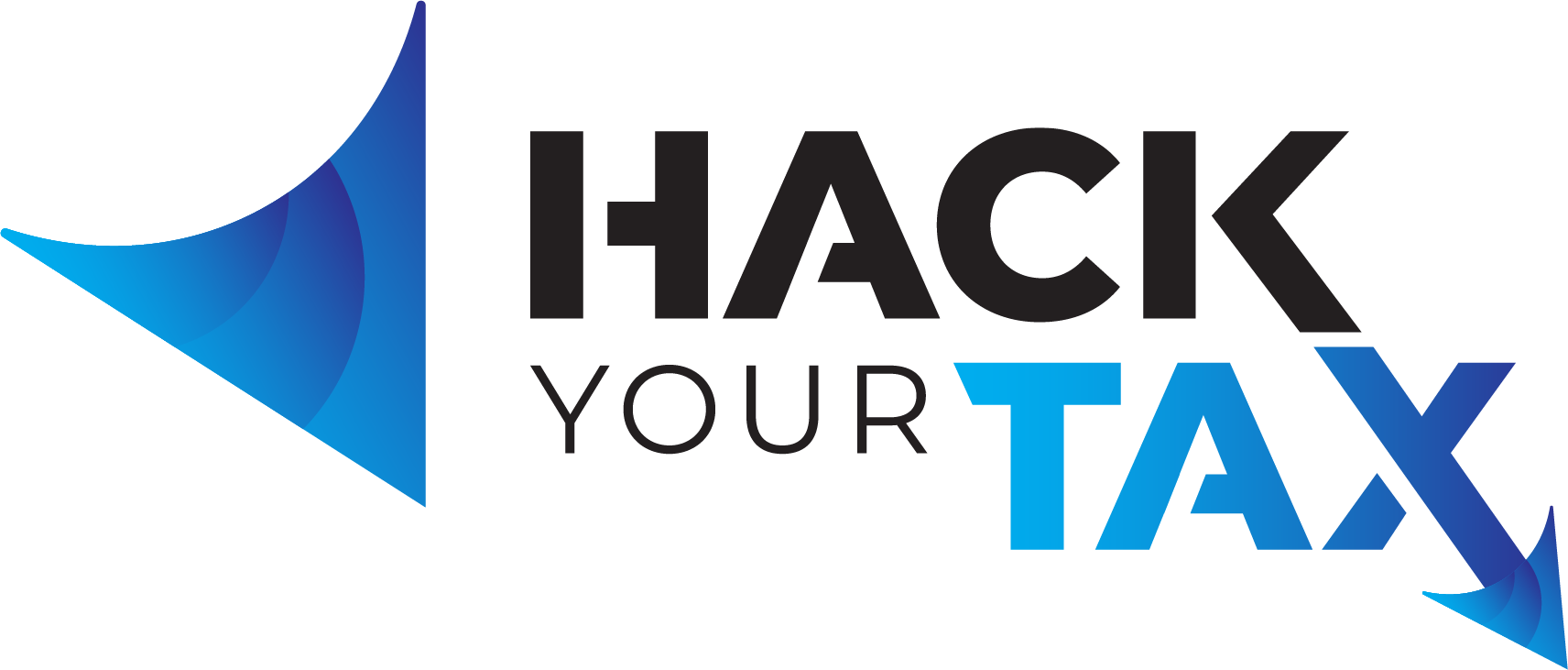New 2017 Tax Laws Affect Investments and Retirement Plans
The new 2017 tax laws went into effect the beginning of 2018 and could destroy long-range personal retirement and investment tax planning when this law expires in just seven years. As the law now stands, most of these rules, which don’t affect our 2017 tax returns, will expire in 2025. Where will this leave us? Without intervention by Congress, we could be exactly where we were in 2017.
A closer look at the Tax Cuts and Jobs Act of 2017
There are three major areas the 2017 tax laws will affect many individuals. The first is family and individual taxes which we’ve already reviewed and highlighted in this previous post, standard deductions, and exemptions. The other two areas, which affect family and individual taxes and life planning, are investments and retirement tax planning.
Retirement tax planning and the new 2017 tax laws
- Roth conversions: More commonly known as “do-overs,” the 2017 tax law has made this maneuver of converting a traditional IRA to a Roth IRA riskier. Tax bills could previously be eliminated if the Roth account lost money by allowing the owner to reverse the Roth back to an IRA. A “do-over.” The 2017 tax law put an end to this. Once a conversion has been made, it cannot be reversed.
- Traditional and Roth IRA deduction amounts: Although rumored, there were no changes to the deductions taxpayers receive for contributing to their tax-deferred IRA and 401(k) retirement accounts. These amounts remain at $5,500, with catch-up contributions of $1,000 for people 50 and over.
- 401(K) plan loans: Historically, 90% of borrowers repay these loans. But, if an employee left the job prior to repayment, the loan became a distribution, subject to income taxes and the 10% early withdrawal penalty if not repaid within 60 days. The 2017 tax law helps out. On loans taken after January 1, 2018, employees leaving their job have until October of the following year (the extension tax date of the year they left their job) to repay the loan to the 401(k) (or an IRA) or a 401(k) at a new employer. By paying the loan back, there is no tax hit and the retirement funds are preserved.
Investment tax planning and the new 2017 tax laws
- Control of tax on capital gains: The attempt to eliminate the option allowing a seller to specifically identify stock and mutual fund shares to sell and impose a first-in-first-out (FIFO) rule “didn’t happen.” This ability to choose specific shares to sell allows investors the advantage of being able to better maximize losses to offset taxable gains.
- 0% capital gains rate remains: Actually, not much changed. Long-term capital gains taxes in 2018 will remain virtually the same. With the change in tax brackets, the 0% rate for long-term gains and qualified dividends will apply with taxable incomes under about $36,500 individual and about $77,200 on joint returns. Short-term capital gains are still considered ordinary income. If your marginal tax rate has changed, short-term capital gains will change accordingly.
- Interest paid on student loans: If one wants to consider the high cost of education as an investment in their own or a child’s future, this is worth mentioning here. Continued under the 2017 tax laws is the $2,500 deduction per year of interest paid on student loans which can be claimed even if the standard deduction is taken. Tuition waivers and discounts remain tax-free for graduate students. The 2017 tax law also allows that any student loan discharged due to the borrower’s death or permanent disability is not considered taxable income.
- 529 savings plans for education: Prior to the 2017 tax law, this was a great college fund. Now it’s a great savings plan expanded to include tuition at an elementary or secondary public, private or religious school, plus home schooling expenses, for up to $10,000 per year, per child. Each state has its own laws concerning 529 plans and, while every state has passed legislation making qualified withdrawals for higher education tax-free, the same is not necessarily true for K-12 expenses.
- ABLE savings accounts: This savings plan, specifically designed to cover expenses for a beneficiary with special needs, is part of overall savings and investment planning that closely relates and works with the 529 savings plan and gifting tax planning for beneficiary investments. Under the new law, ABLE beneficiaries will be allowed to contribute their own earnings to the account once the $14,000 contribution limit for gifts by others has been reached. The law also allows parents and others who established a 529 plan for a disabled beneficiary to roll the money into an ABLE account for that individual. However, the rollover would count toward the $14,000 annual contribution limit. Kiplinger
- Kiddie tax: This investment income tax for children under the age of 19, or 24 if full-time students, was generally taxed at the parents’ rate. The new 2017 tax laws changed that so this type income will be taxed at the trusts and estates rate, where the top 37% tax rate in 2018 starts at $12,500 on investment income over $2,100. How does this play out for a child with $5,000 income subject to the kiddie tax? Applying the new trust tax rates produces a kiddie tax bill of just $843 on the child’s investment income. Kiplinger
- Like-kind exchanges: This is one change the new 2017 tax laws have made that can affect a lot more than first glance may capture. The new law restricts its use to like-kind exchanges of real estate. This eliminates any type of “personal” property from the tax deferral provisions pertaining to exchanges of any “non-currency” personal property of similar nature, such as art, rental income property including furniture and fixtures, cyber currency and certain farm animals. The cost to affected taxpayers over the next ten years is estimated at more than $30 billion.
The bottom line
If you’ve never consulted with a CPA tax professional for individual and or business tax strategy, now is the year to do it. This is not the time to pit yourself against the IRS or ask someone who took the six-week tax course a serious question.
You don’t want to be explaining your version of the new 2017 tax laws to the IRS! Remember, when it comes to the IRS, you’re NOT right until proven wrong. It’s the other way around.
We establish and maintain a personal and business relationship with our clients. Your LIFE is your business and your BUSINESS is your life, and we’re here for YOU.
Call us at 479-478-6831. Use my Calendy Page (it’s easy) to set an appointment, or click here to contact us!
You may also be interested in:
How does an ABLE savings account work with a 529 investment and the new 2017 tax laws?
Kiplinger’s January 4, 2018, Slide Show
Zero in on like-kind exchanges
More about ABLE


